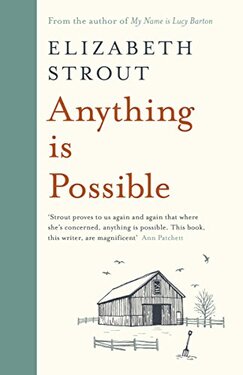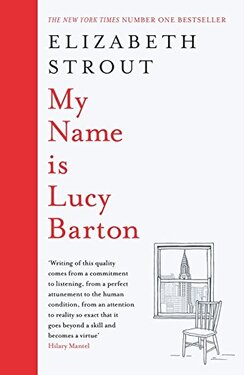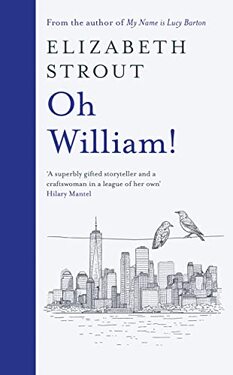Anything is Possible (2017) is a welcome return to the world of Lucy Barton, narrator of Elizabeth Strout’s My Name Is Lucy Barton. More of a companion piece, this is a series of nine short stories that explore the lives of the residents of Amgash, Illinois, reminiscent of Sherwood Anderson’s Winesburg, Ohio, where each story is wholly enclosed but advances a wider narrative. The majority of characters were already outlined in the prior novel, usually as gossip from Barton’s visiting mother. Here, Strout takes those people and fleshes them out, crafting real people from tittle tattle.
The stories are mostly set in and around Amgash, though some follow residents to fresh locations, like Chicago (Cracked) and even, as in Mississippi Mary, a village in Italy. While the core setting is a major character in itself, it’s still there, having shaped its people, when they move away.
Lucy Barton only physically appears in one story (Sister), where she returns to her family home to visit her brother and, in conflict with her sister Vicky, sees old resentments bubble up. While she’s only present in one tale, her presence is felt in others, usually in reference to her new book, a memoir. She’s also there in others’ memories, such as that of farmer-turned-janitor Tommy Guptill in The Sign where he recalls the young Lucy at school.
The story Windmills finds a rare moment of connection between two people, something that seems difficult in a world where we’re all going at our own pace. Strout gives us these lives, interlinked but somehow solitary, and as the stories roll on, we see people and their problems from different perspectives, most notably with Charlie Macauley in The Hit Thumb Theory and in his later reappearance in Dottie’s Bed & Breakfast.
Again, the prose is strong, emotional without being sentimental and, dare I say it, better in this book than its predecessor. The wider narrative allows a greater scope to find universal truths in the minutiae of entwined lives. Strout’s achievement is to deliver stories that capture a community; she looks its people directly in the eye while they seem to spend their days looking at the ground.


